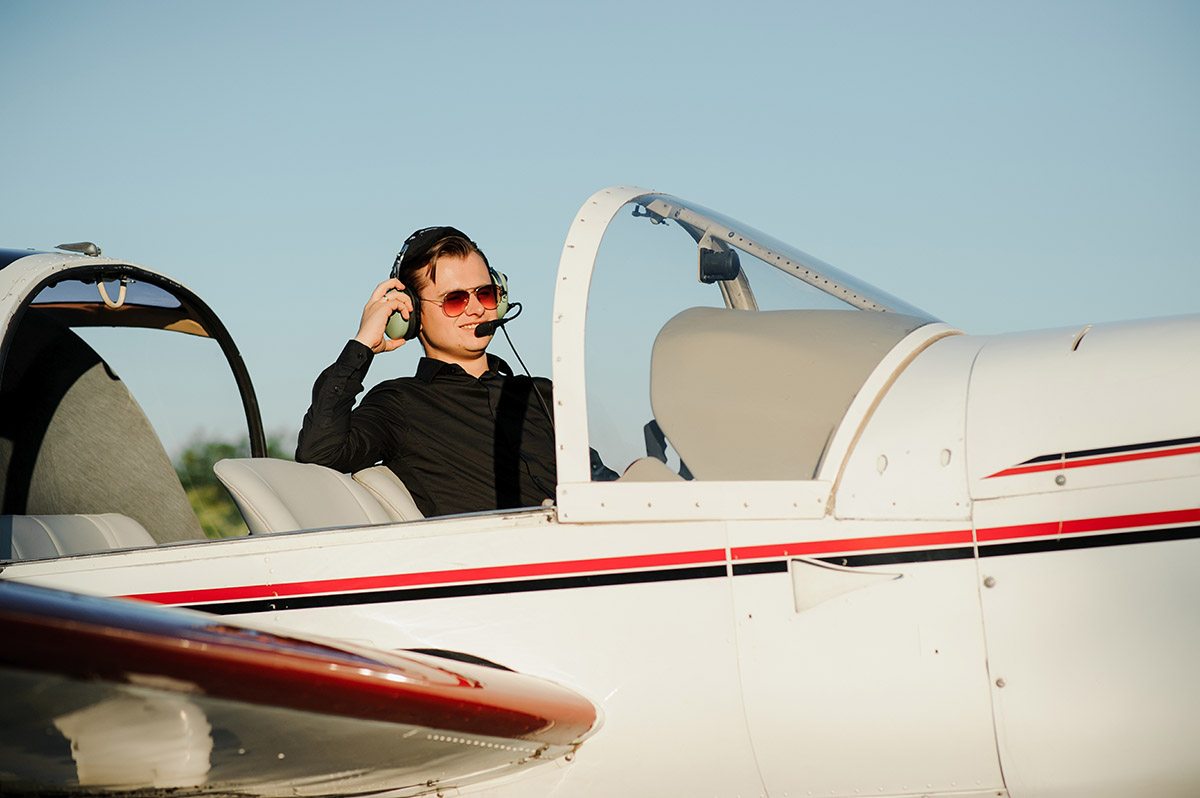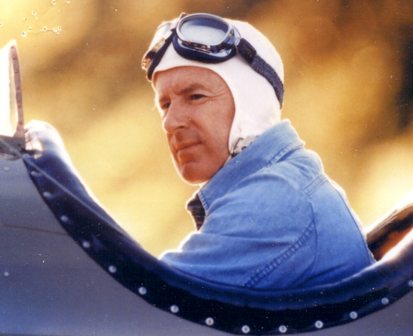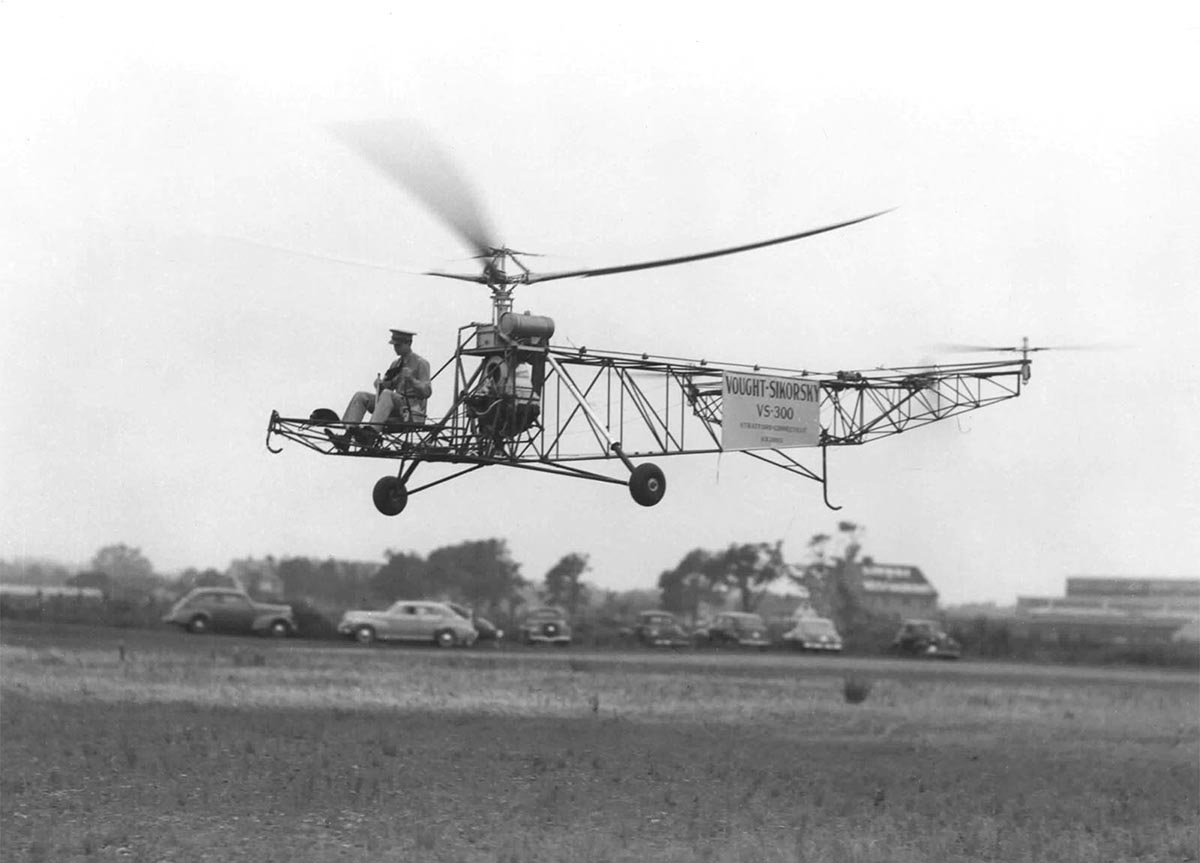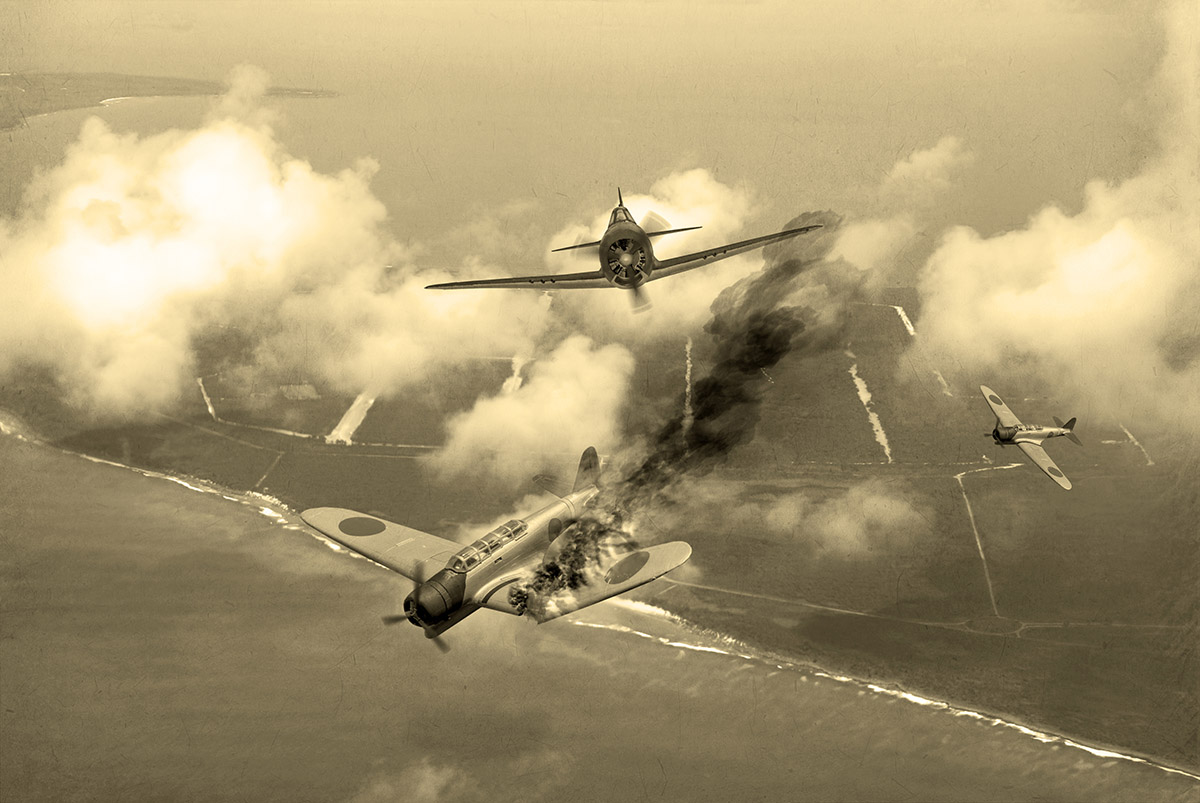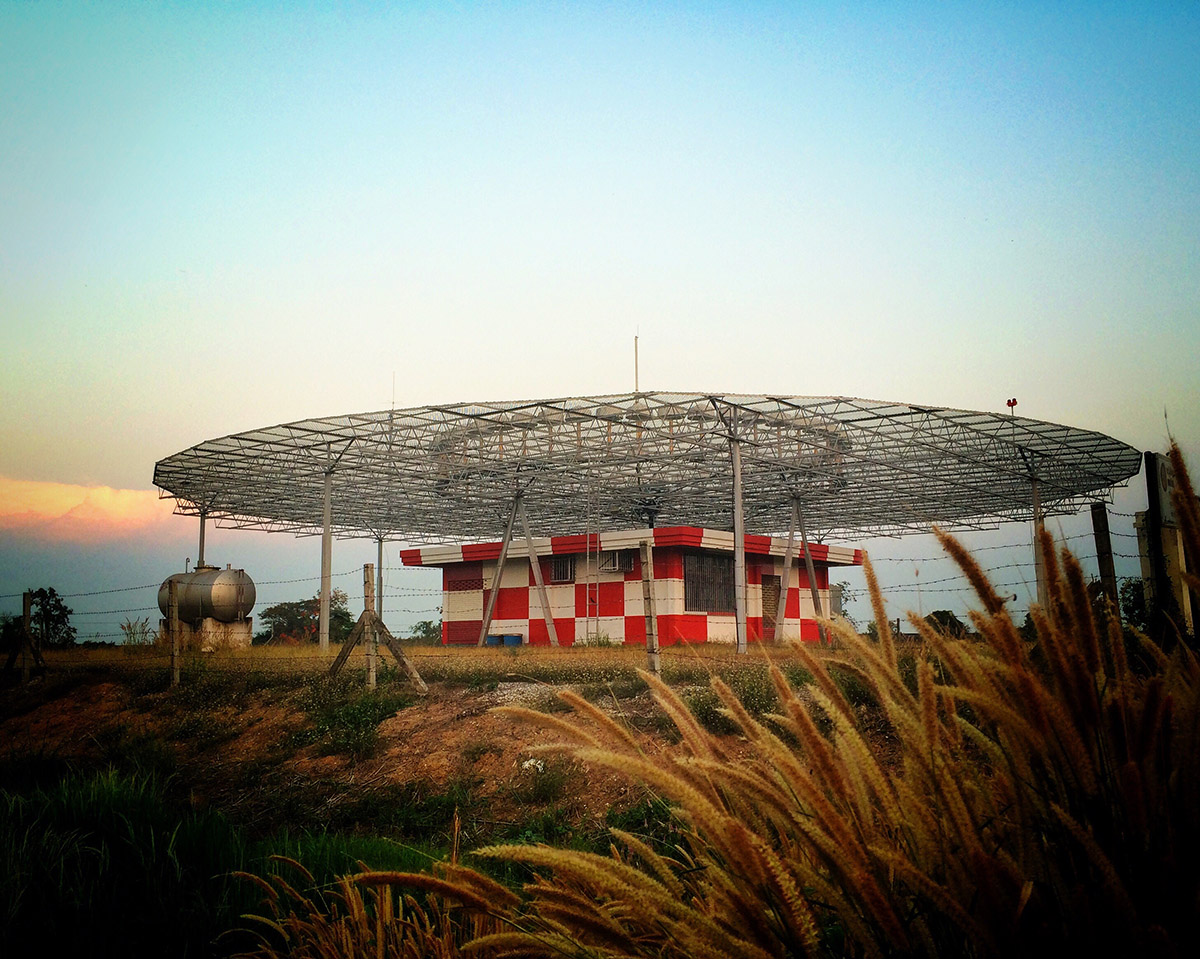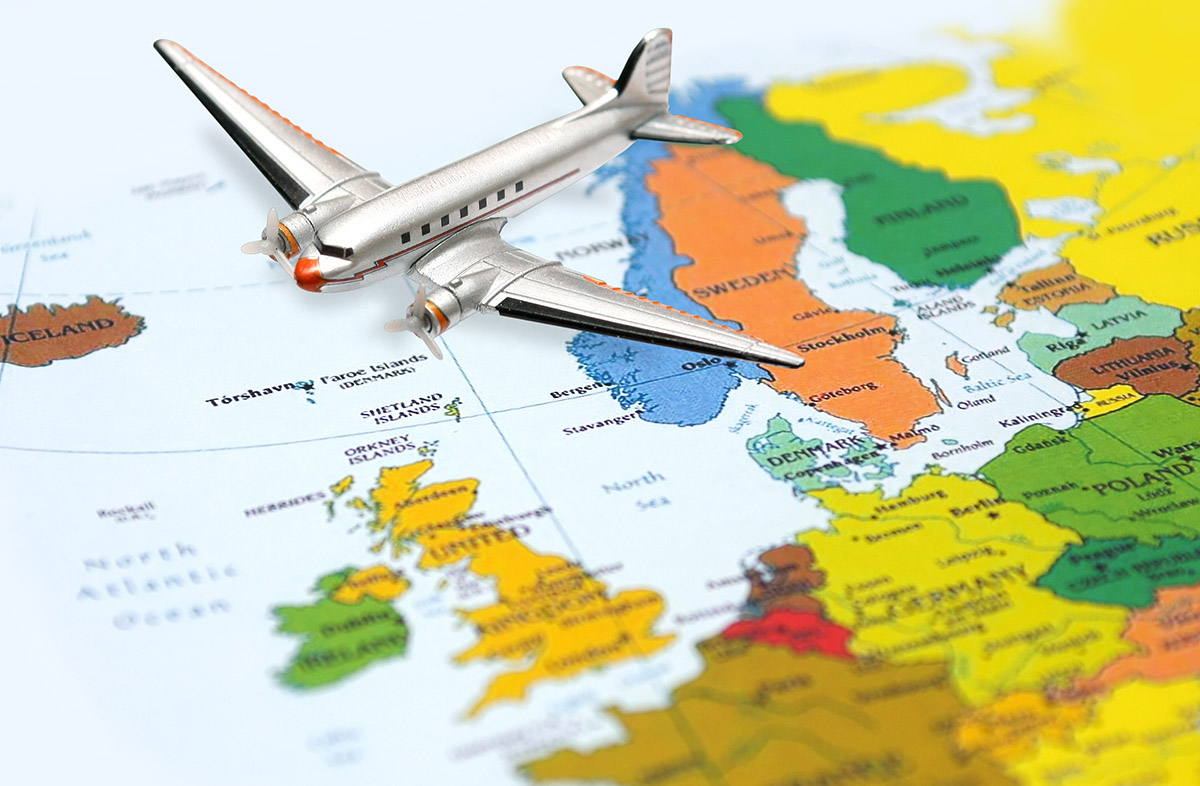Owning a small private aircraft is a dream for anyone with decent piloting skills! These planes zip around much faster than cars or trains, and traffic jams will be the least of your worries.
Choosing the right model that fits your needs and budget isn’t a walk in the park. But no worries, our list will give you a great starting point.
In this article:
Why Owning Inexpensive Airplanes Is A Great Idea
Quick Daily Flights
With a private aircraft, the world becomes your oyster: you can travel anywhere you want or need much faster than ever before. Trust us, even the cheapest private plane will get you to destinations in little to no time! Less time traveling means you’ll have more hours to savor the trip’s best moments once you arrive.
No More Rentals
Sure, renting aircraft service is an option, but it’s not always the most convenient one unless you’ve got a set arrangement. Worse, you might not always get the best plane when you need it most; just like car rentals, you sometimes have to accept whatever is available.
The story, however, is different when you finally own a plane. You’re now in the “driver” seat! That means you can always take off for a quick flight whenever the mood strikes, whether for a spontaneous vacation, attending family gatherings, or taking the children on a weekend adventure. Go wherever you want, whenever you want, because you totally can.
The View
Commercial flights usually follow a fixed route, so your view is admittedly limited and often the same old scenery.
But thanks to your private aircraft, you can now soar over stunning landscapes and lakes, landing in remote spots usually unreachable by car! Better, at lower altitudes, you’ll get a breathtaking, dynamic view of this beautiful planet.
It Will Be Just You
Once you’ve got your own private plane, you can say goodbye to commercial airports forever (unless you’re going there in that same private plane, of course!)
There will be no more fuss with grumpy flight attendants, terrible airline meals, packed terminals, or baggage fees. While you’ll still have your own rules to follow, they’re a breeze to manage compared to all the usual restrictions of commercial travel.
Top 15 Best Private Airplanes To Buy
The Champ 7AC by Aeronca stands out for its affordability and impressive fuel efficiency (only 4 gallons an hour). Cessna showcases its decades-long reputation with four models making the list (150, 310, 182 Skylane, Turbo Stationair 206 HD), and there are also ten other excellent options to explore.
1. Aeronca 7AC Champ
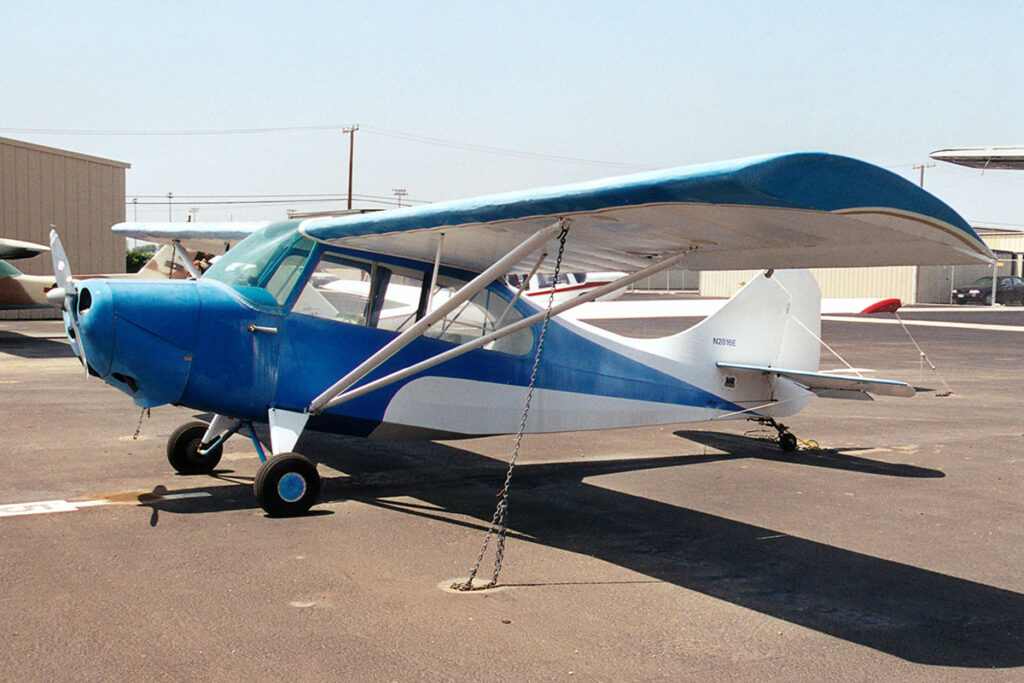
A classic tandem plane, the Champ 7AC was popular for training aircraft due to its affordability. It’s perfect for laid-back, slow flights and doesn’t guzzle much fuel, using only about 4 to 5 gallons an hour.
Specifications:
- Max range: 201 miles
- Passengers: 1
- Cruising speed: 85 mph
- Average base price: $29,000
2. Ercoupe 415-D
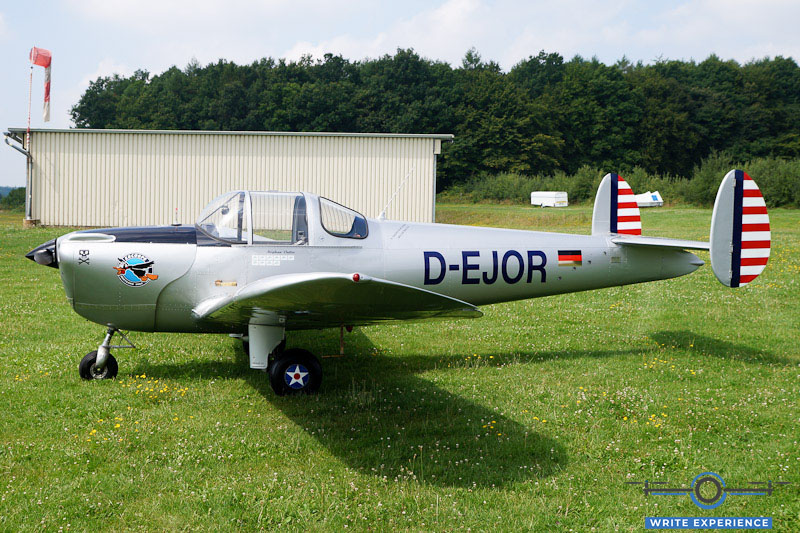
Another crowd favorite, the 415-D, is one of the safest and easiest single-engine aircraft to fly. Since its introduction around the 1940s, its design has always received rave feedback, being the first of its kind to feature a nosewheel certified as “non-spinnable and non-installable.” And just like the Aeronica Champ, the Ercoupe doesn’t drain your wallet on fuel, burning just 6 gallons per hour.
Specifications:
- Max range: 300 miles
- Passengers: 1
- Cruising speed: 95 mph
- Average base price: $29,900
3. Cessna 150
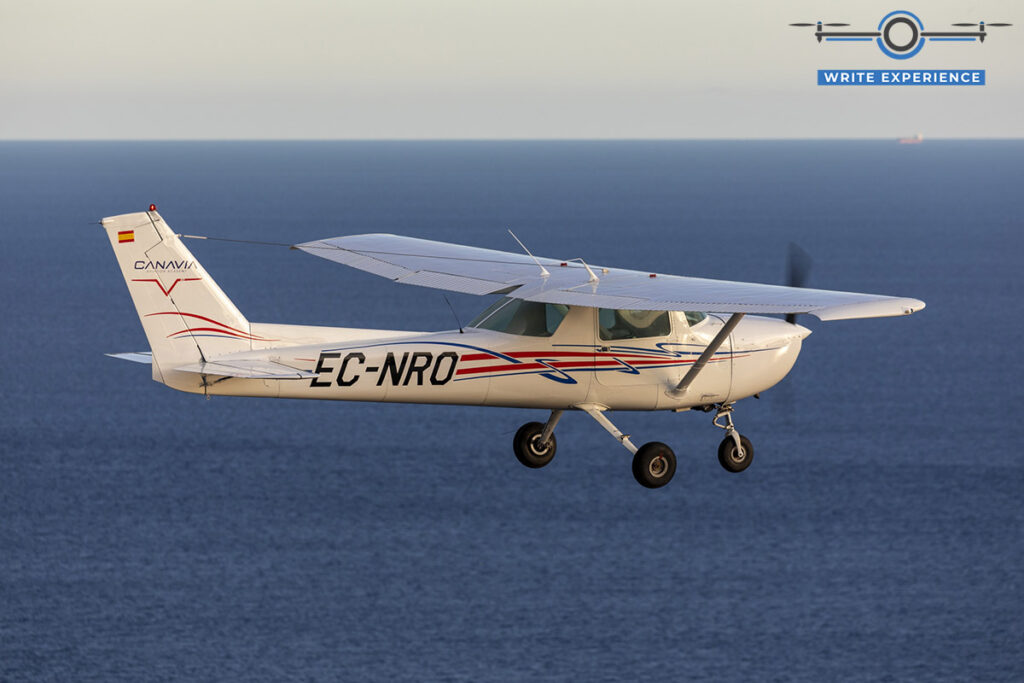
Cessna 150 has a solid reputation as an entry-level training aircraft, and for a good reason! It’s known for generous stall warnings, excellent handling, and impressive aerodynamic stability. For beginner pilots seeking a simple and familiar plane to learn on, the 150 will be a top choice.
Specifications:
- Max range: 349 miles
- Passengers: 1
- Cruising speed: 124 mph
- Average base price: $34,500
4. Cessna 310
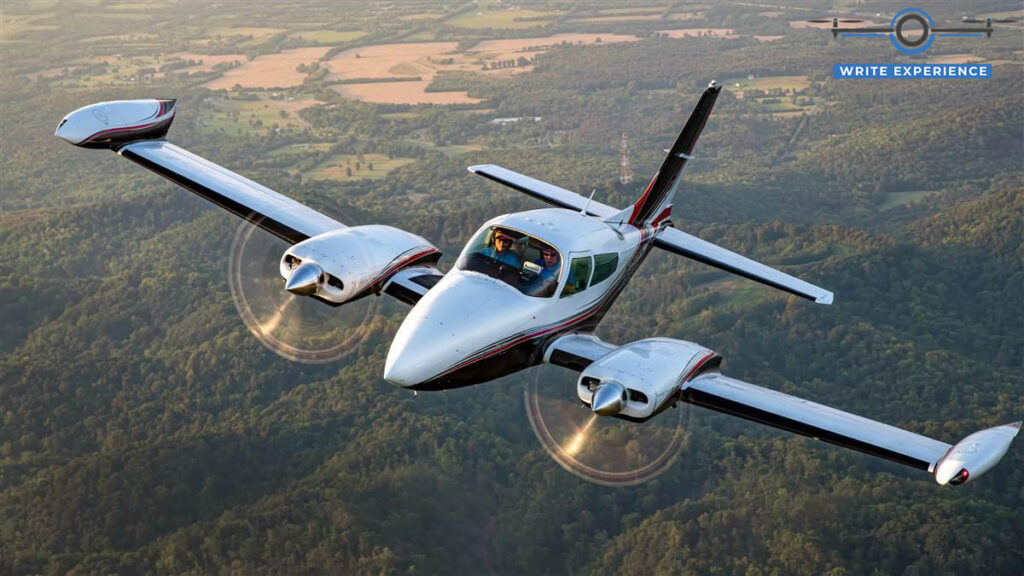
The plane hit the skies shortly after WWII and remained in production until 1980. It handles well and feels more solid than other light-twin planes. However, if you’re eyeing an older model, expect a lower purchase price but higher maintenance expenses.
Specifications:
- Max range: 790 miles
- Passengers: 5
- Cruising speed: 223 mph
- Average base price: Around $95,000
5. Piper Aztec
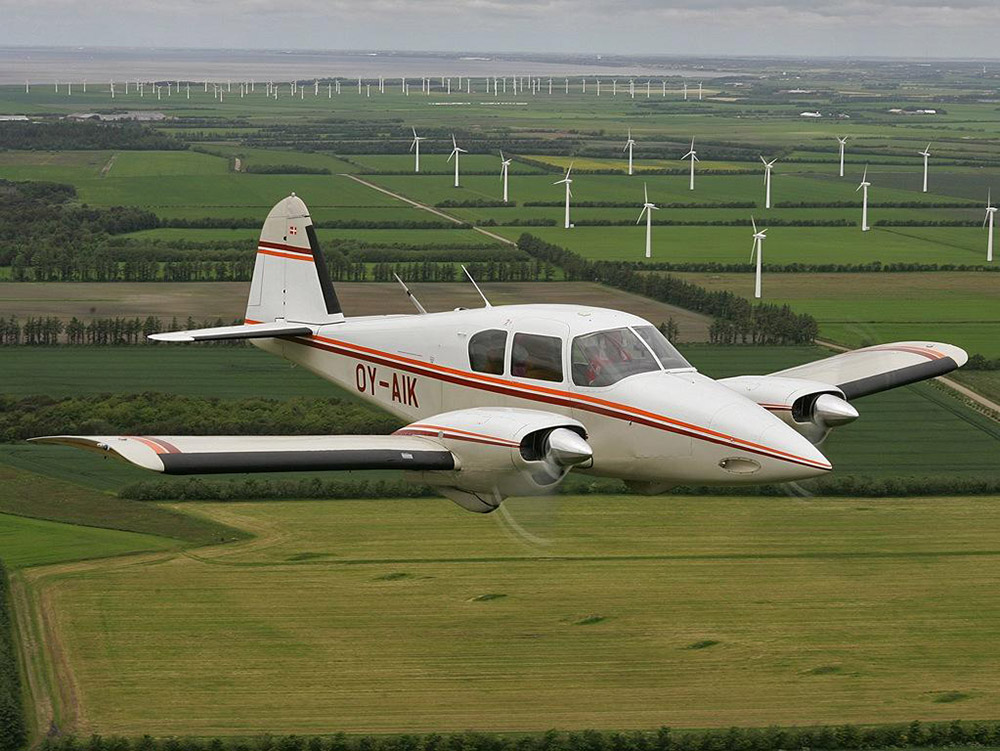
This affordable option is ideal for both multiengine trainers and those just starting out, thanks to its smooth and easy handling. Piper Aztec is designed with plenty of room for passengers and luggage, and its short-field performance (taking off and landing on short runways) is very impressive.
Specifications:
- Max range: 713 miles
- Passengers: 5
- Cruising speed: 226 mph
- Average base price: $99,995
6. Texas Aircraft Colt
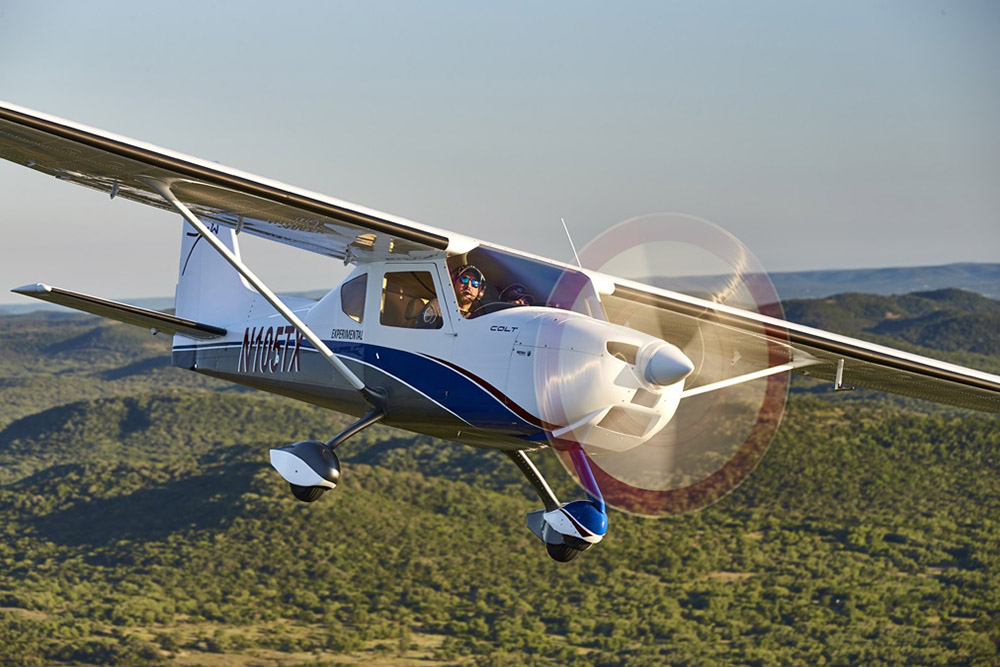
For those looking for a fun recreational flying experience, the Texas Aircraft Colt is definitely the top pick.
With room for two occupants, it lets you fly under sport pilot or BasicMed rules just using a driver’s license. The model features a monoplane, high-wing design with a Rotax ULS 912 engine (100 HP) that resembles the ever-classic Cessna 150, except with more modern avionics.
Advanced safety systems (e.g., the ballistic airframe parachutes) add the finishing touches.
Specifications:
- Max range: 831 nautical miles
- Passengers: 1 (and 1 pilot)
- Cruising speed: 130 mph
- Average base price: About $140,000
7. Beechcraft Baron A55
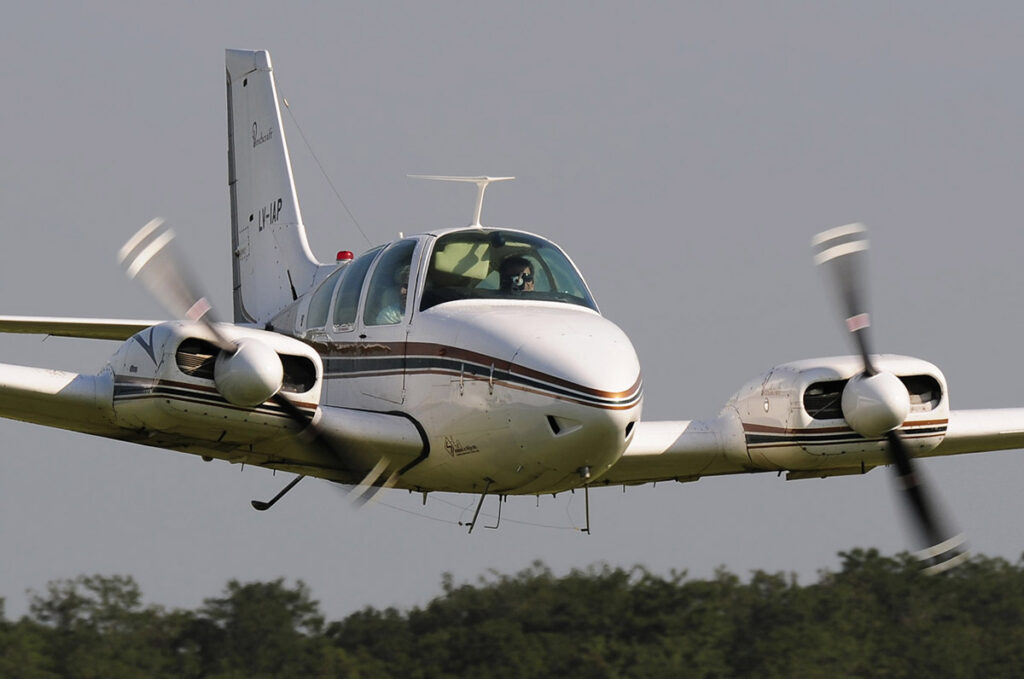
Introduced in 1961, the A55 Baron has always been in active service and is still being produced today. Beechcraft is widely known for its quality light twin aircraft, and while the bigger Model 58 performs beyond expectations, the A55’s affordability makes it the more popular of the two.
Specifications:
- Max range: 857 miles
- Passengers: 5
- Cruising speed: 219 mph
- Average base price: Roughly $219,000
8. Piper Cheyenne 2
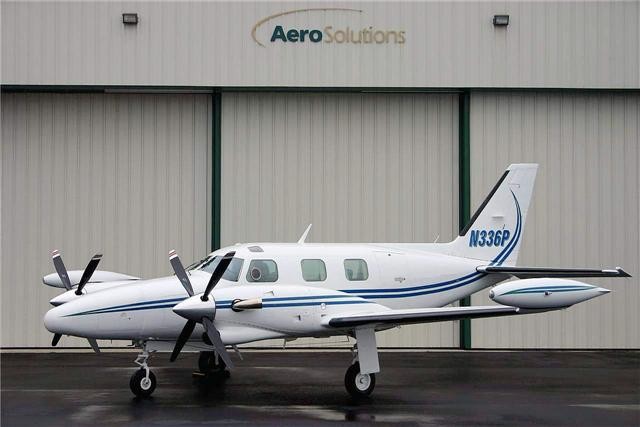
Owning a twin-turbine model like the Cheyenne used to be very pricey, but that’s now changing! Most Cheyenne aircraft owners find its maintenance expenses more or less similar to those of piston twins (rather than other turboprops).
Specifications:
- Max range: 1,302 miles
- Passengers: 5
- Cruising speed: 291 mph
- Average base price: Roughly $460,000
9. Commander A/B 690
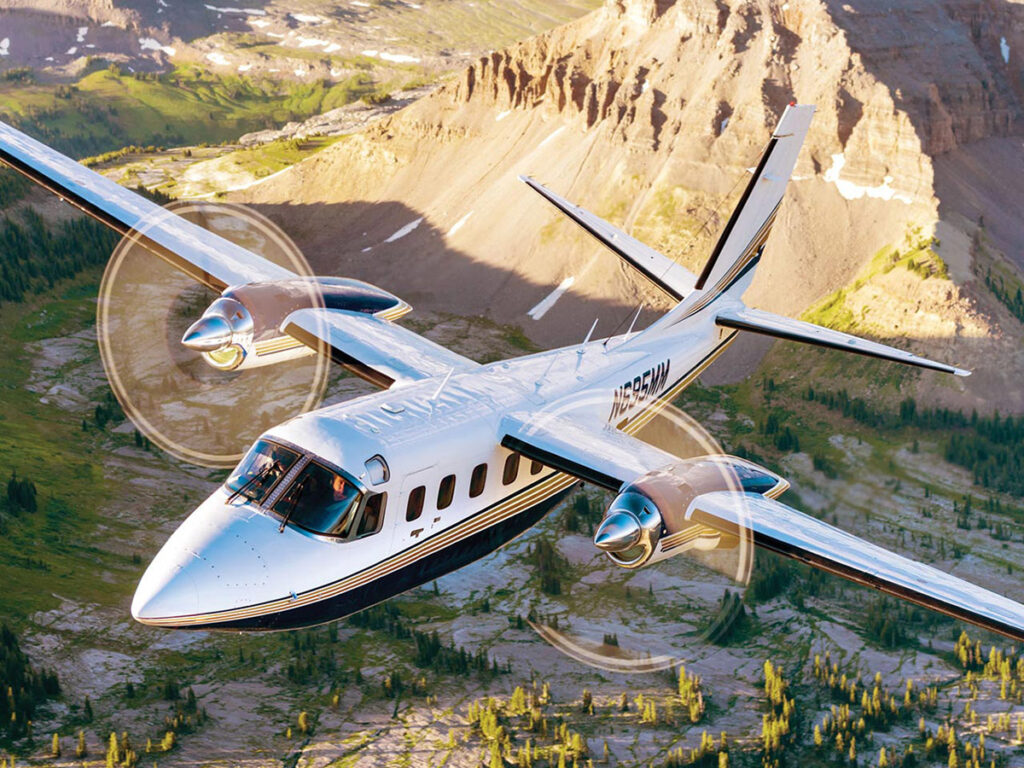
Are you looking for owner-piloted turboprops? Then, the 690 A/B is a solid choice. With more than enough room for up to 10 people (plus their belongings), it’s easily a standout among the rest. The model is also praised for its sturdy build and short-field capabilities.
Specifications:
- Max range: 1,673 miles
- Passengers: 8 to 10 passengers
- Cruising speed: 325 mph
- Average base price: Approximately $525,000
10. Cessna Skylane 182
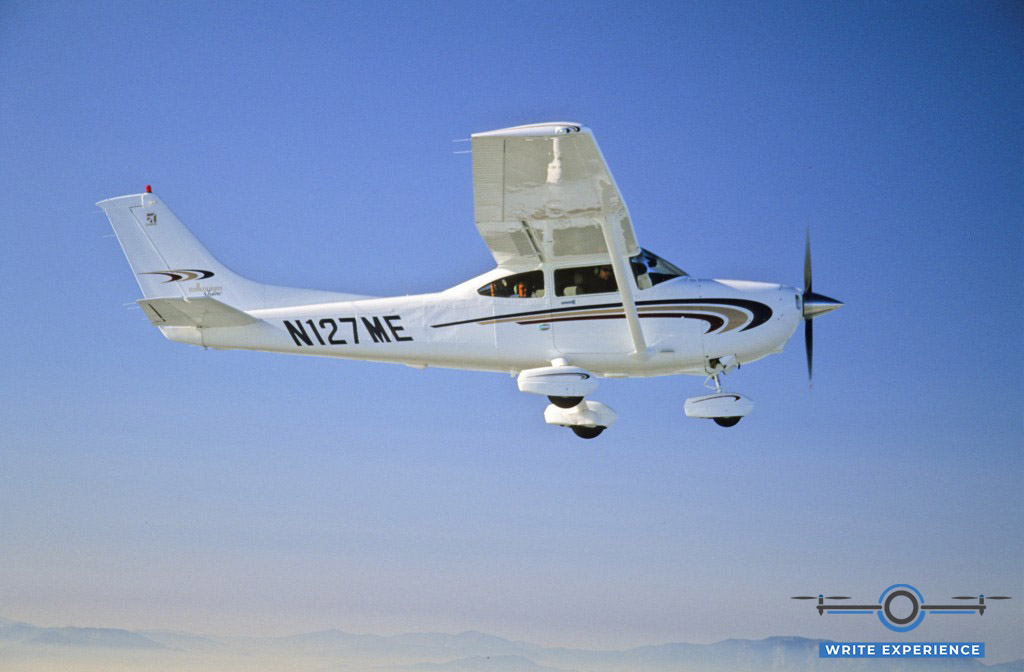
The 182 Skylane is a classy personal airplane known for its great performance and carrying capacity (especially compared to its predecessors, like the Cessna Skyhawk 172).
Its powerful Lycoming engine (230 HP) allows for 1,100 lbs of useful load, comfortably accommodating four grown-ups (plus their baggage) and a 100% full fuel tank.
Specifications:
- Max range: 1,070 miles
- Passengers: 3 (and 1 pilot)
- Cruising speed: 167 mph (145 knots)
- Average price: About $575,000
11. Cessna Turbo Stationair 206 HD
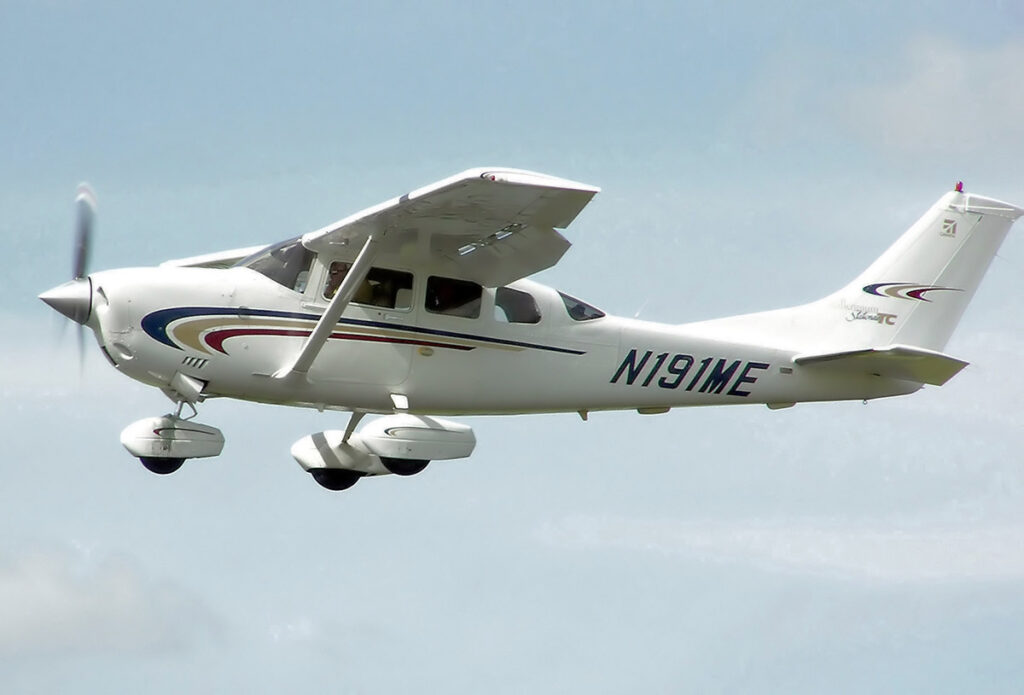
A robust personal aircraft, the Cessna Turbo Stationair comfortably seats six adult passengers with approximately 1,441 lbs of useful load.
The model is well-known for its durability, especially in rough landscapes like the backcountry. Many pilots equip it with belly pods, floats, and other kits to further boost its burly performance.
Better yet, thanks to the payload (equivalent to about ¾ ton) and a standout takeoff roll (about 1,060 feet), you’ll feel the throaty power of its Lycoming engine as soon as the plane revs up!
Specifications:
- Max range: 703 nautical miles
- Passengers: 5
- Cruising speed: 185 mph (161 knots)
- Average base price: About $760,000
12. Beechcraft B200 King Air
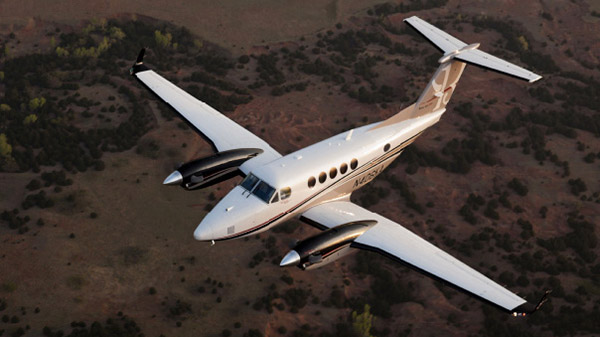
The King Air stands tall among corporate turboprops with its spacious cabin, ample baggage room, and a modern lavatory.
Specifications:
- Max range: 1,772 miles
- Passengers: 6 to 9
- Cruising speed: 316 mph
- Average base price: About $895,000
13. Beechcraft 400A Beechjet
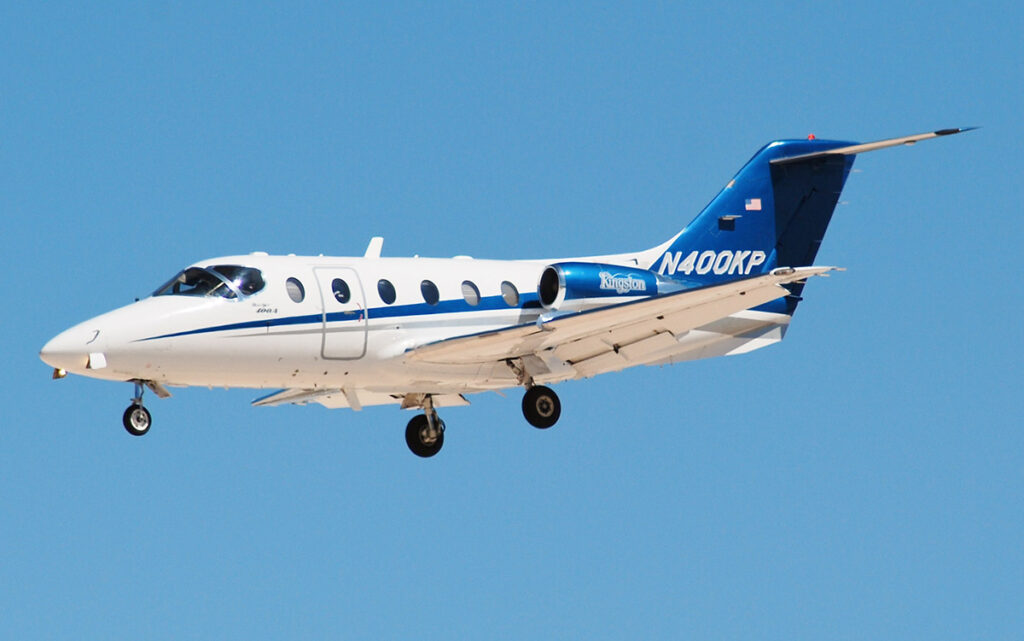
Designed for executive travel, this 400A Beechjet is a primary option in the light jet segment.
Both the 400 and 400A are in production, but opting for the 400A gives you better performance, comfort, and efficiency. Some upgrades include higher service ceilings, increased payload, rear lavatories, larger cabins, greater fuel capacity (a 150-pound increase), and excellent cabin soundproofing.
Specifications:
- Max range: 1,704 miles
- Passengers: 7 to 8 passengers
- Cruising speed: 504 mph
- Average base price: Around $990,000
14. Dassault 50 Falcon
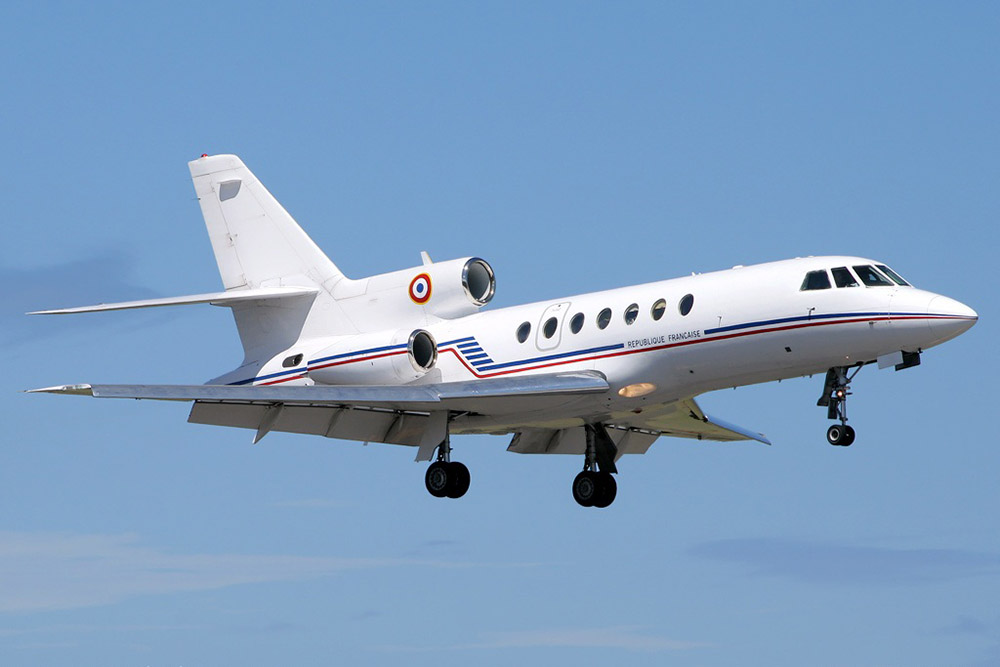
For those seeking a spacious cabin and extended range that doesn’t exceed $2 million, the Falcon 50 fits the bill.
This SuperMid jet offers ample space and performs spectacularly well during intercontinental flights (the first private jet in history to achieve that feat, actually). Its three-engine setup may result in higher maintenance costs, but overall, the Falcon provides excellent value for its price.
Specifications:
- Max range: 3,590 miles
- Passengers: 8 to 10 (can be modified to accommodate 19)
- Cruising speed: 484 mph
- Average price: About $1,950,000
15. Cirrus SF50 Vision Jet
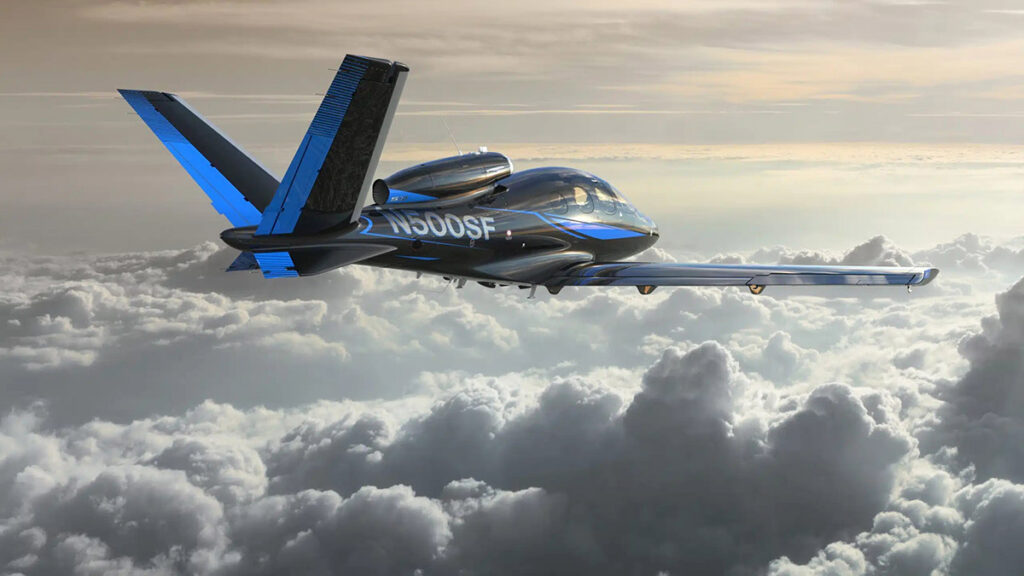
Released in 2015, the Cirrus SF50 made waves as the “most inexpensive jet for private use.” This extremely light jet boasts a unique V-tail design and is the first private jet ever to feature a single engine to reduce maintenance costs.
Specifications:
- Max range: 1,380 miles
- Passengers: 5
- Cruising speed: 345 mph
- Average base price: $2,295,000
Key Factors To Consider When Choosing Small Planes For Personal Use
Investing in the best private planes is a big decision, so there are several important factors to consider:
Budget
How much are you willing to spend? Aircraft prices vary widely, from hundreds of thousands to millions of dollars. Remember to factor in ongoing operating costs like fuel, staffing (if you do not pilot it yourself), and maintenance.
Size/Capacity
Consider how many people you’ll need to accommodate and how much cargo or luggage you usually carry. For instance, larger aircraft (up to 10-15 people) typically come with higher upfront and maintenance costs, but they might be a more economical choice if you often fly with huge groups or carry lots of baggage.
Range
How far do you need to fly without refueling? This question matters if you plan to travel long distances or to off-beaten, remote areas frequently.
Performance
Assess the aircraft’s performance regarding cruising speed, climb rate, and landing/takeoff distances. If you need to land on unpaved runways, that’s all the more reason to seek a quality aircraft that can handle all the above-mentioned factors!
Safety
Of course, safety should always be a top priority. Look for an aircraft with a reputation for reliability and a great safety record.
Maintenance And/Or Resale Value
Have an accurate estimate of the cost and availability of maintenance services for your chosen aircraft. However, if you might sell the plane sometime later, then consider its resale value, too, as some models from reputed brands hold their value better over time than others.
Do You Need A Pilot’s License To Fly Personal Aircraft?
For most personal aircraft (including airplanes and helicopters), you’ll need a pilot’s license issued by your country’s aviation authority. In the case of the U.S., that would be the Federal Aviation Administration (FAA).
Nevertheless, there is an exception for Light Sport Aircraft (LSA). These small, single-person planes are specifically designed to be simpler and more affordable to fly, so you only need a Sport Pilot License with much fewer requirements!
Conclusion
We see no reason not to invest in a personal aviation plane if you’ve got the cash. But remember, a good aircraft is not just about how sleek it looks or how fast it flies, so check out our buying guide for some helpful tips.
Feel free to reach out if you still need advice about the aviation industry!

